Previous Day - Next Day
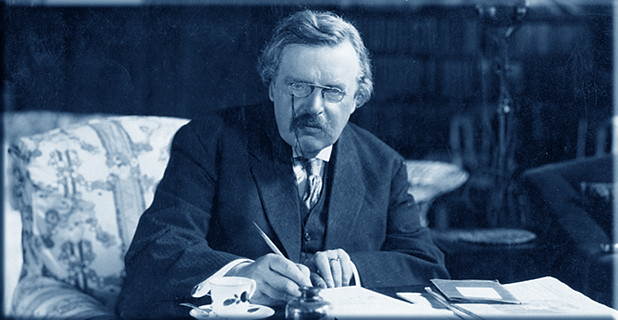
“The function of the imagination is not to make strange things settled, so much as to make settled things strange.”
“There is a great man who makes every man feel small. But the real great man is the man who makes every man feel great.”
~ G. K. Chesterton
Wikiquote (G. K. Chesterton (Gilbert Keith Chesterton, KC*SG (May 29, 1874 – June 14, 1936) better known as G.K. Chesterton, was an English writer. He wrote on philosophy, ontology, poetry, plays, journalism, public lectures and debates, literary and art criticism, biography, Christian apologetics, and fiction, including fantasy and detective fiction. Chesterton is often referred to as the "prince of paradox".)
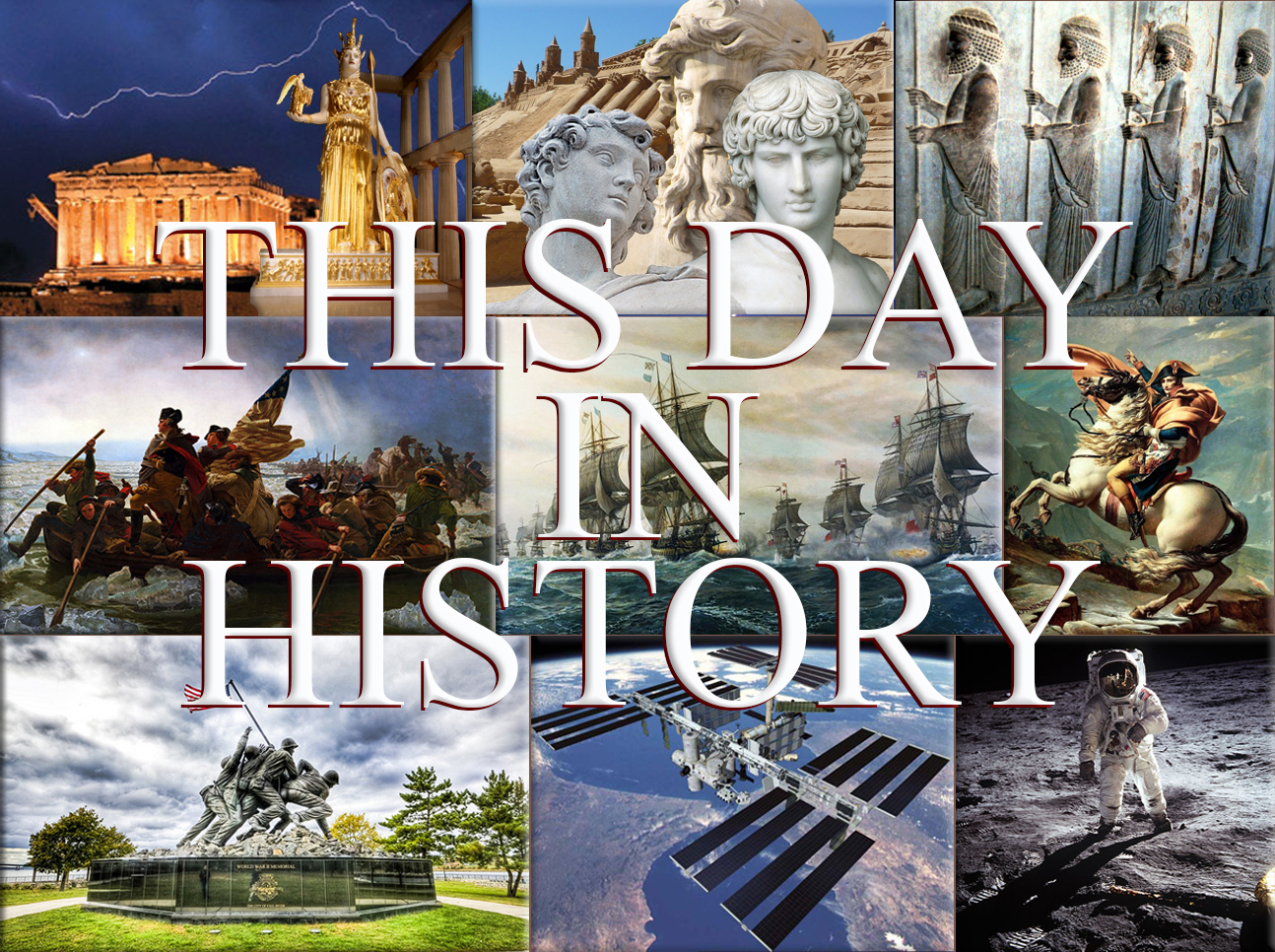
December 16th, 755
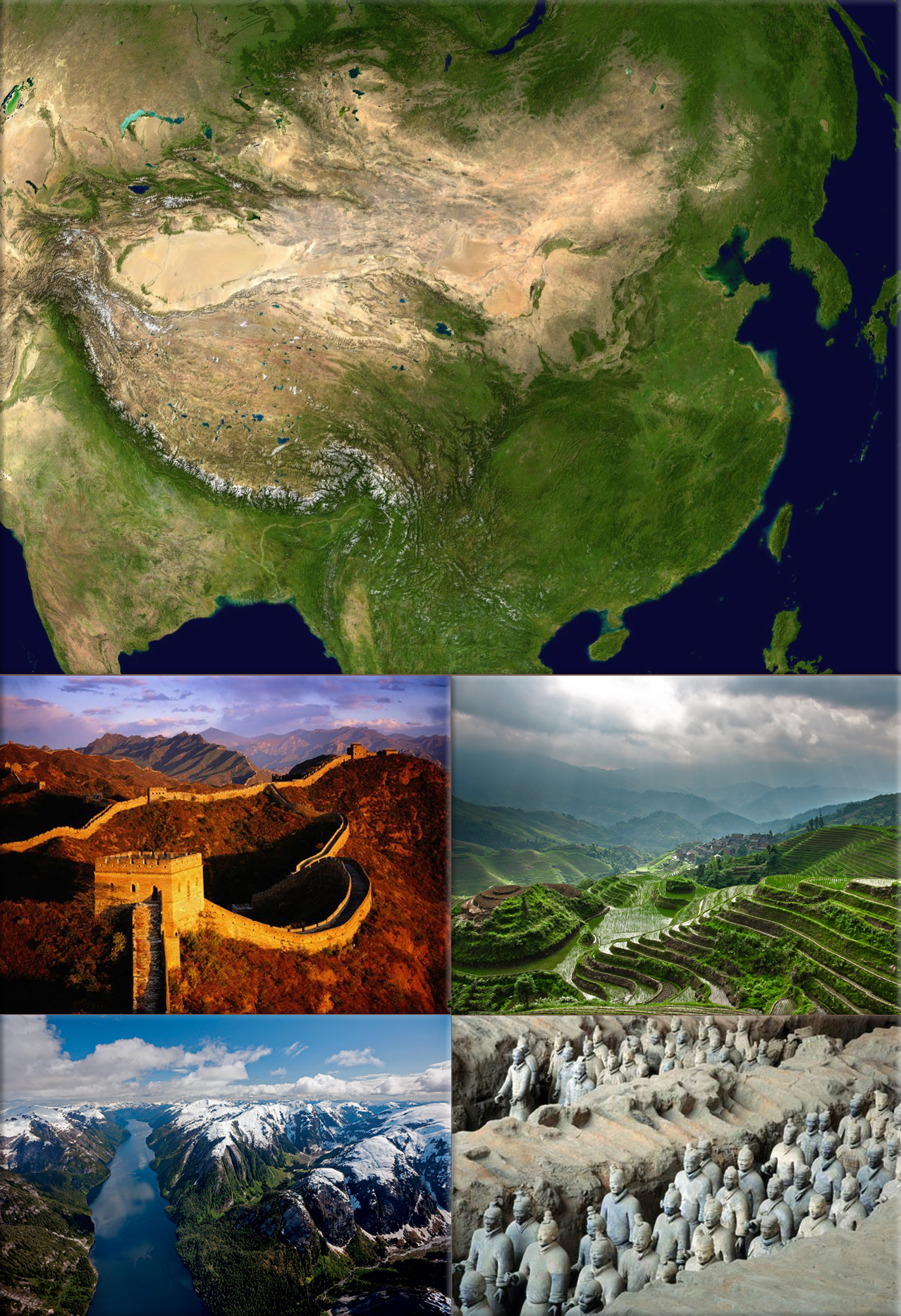
China - Tang Dynasty:
755 - An Shi Rebellion; An Lushan revolts against Chancellor Yang Guozhong at Fanyang initiating the rebellion.
Wikipedia Photo: China from NASA Wordwind Satellite; © Great Wall of China, credit National Geographic; LongJi Terrace, credit National Geographic; Great Bear Rainforest, credit Paul Nicklen, National Geographic; Platoons of clay soldiers were buried with China's first emperor, Qin Shi Huang Di, (required a labor force of 700,000 to build), credit O. Louis Mazzatenta, National Geographic.
December 16th, 1431
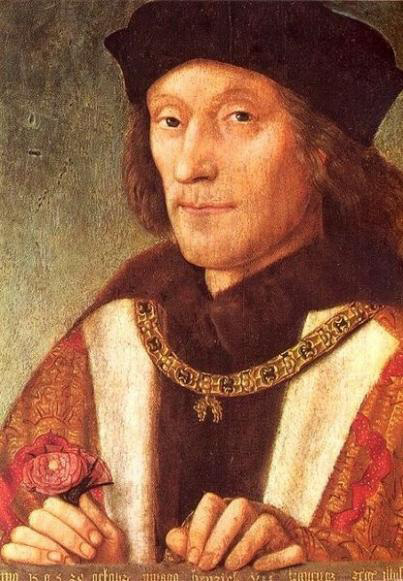
Henry VI of England is crowned King of France at Notre Dame in Paris.
Wikipedia Painting: Portrait of Henry VII attributed to Michel Sittow.
December 16th, 1497
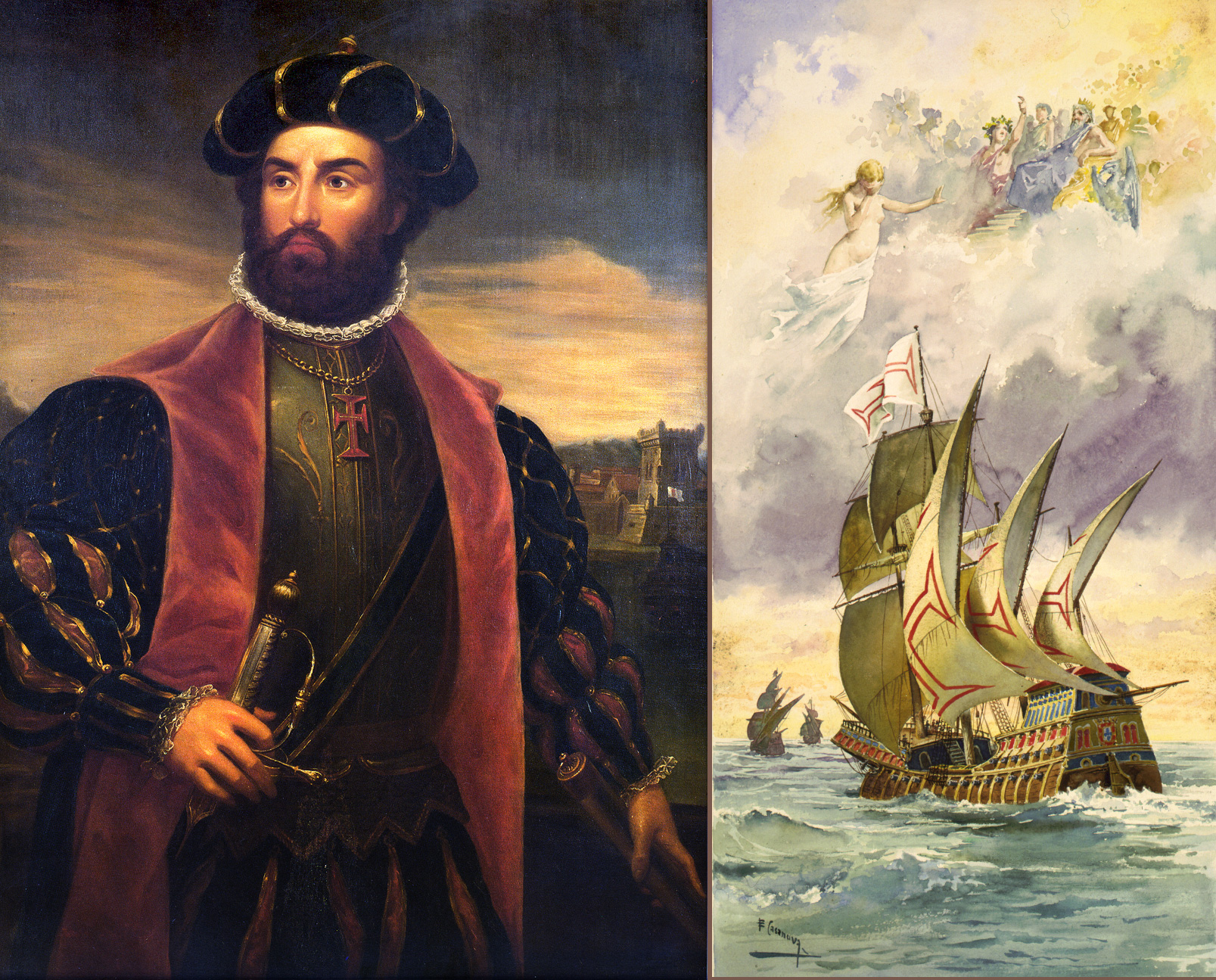
Vasco da Gama rounds the Cape of Good Hope, the point where Bartolomeu Dias had previously turned back to Portugal.
Wikipedia Painting: Nineteenth century depiction of Vasco da Gama / Vasco da Gama's ship with gods above by Ernesto Casanova (1880)
December 16th, 1575

Earthquake
1575 - Valdivia earthquake; an earthquake in Chile, an estimated magnitude of 8.5 on the surface wave magnitude scale.
1811 - New Madrid earthquake; The first two in a series of four severe earthquakes occur in the vicinity of New Madrid, Missouri. (These four so-called mega-quakes are believed to be an ongoing cataclysmic danger that could reprise the 1811-12 series of 2,000 quakes that affected the lands of what would be eight of today's heartland states of the United States.)
1920 - Haiyuan earthquake; magnitude 8.5, rocks the Gansu province in China, killing an estimated 200,000.
Wikipedia Image: Preliminary Determination of Epicenters / Aleppo Syria; Anchorage, Alaska - March 28, 1964 Prince William Sound USA earthquake and tsunami; 8.9 Mega Earthquake Strikes Japan; Tsunami Swirls Japan's Ibaraki Prefecture March 12 2011. credit NOAA / NGDC, NOAA National Geophysical Data Center, USGS, National Geographics.
December 16th, 1598
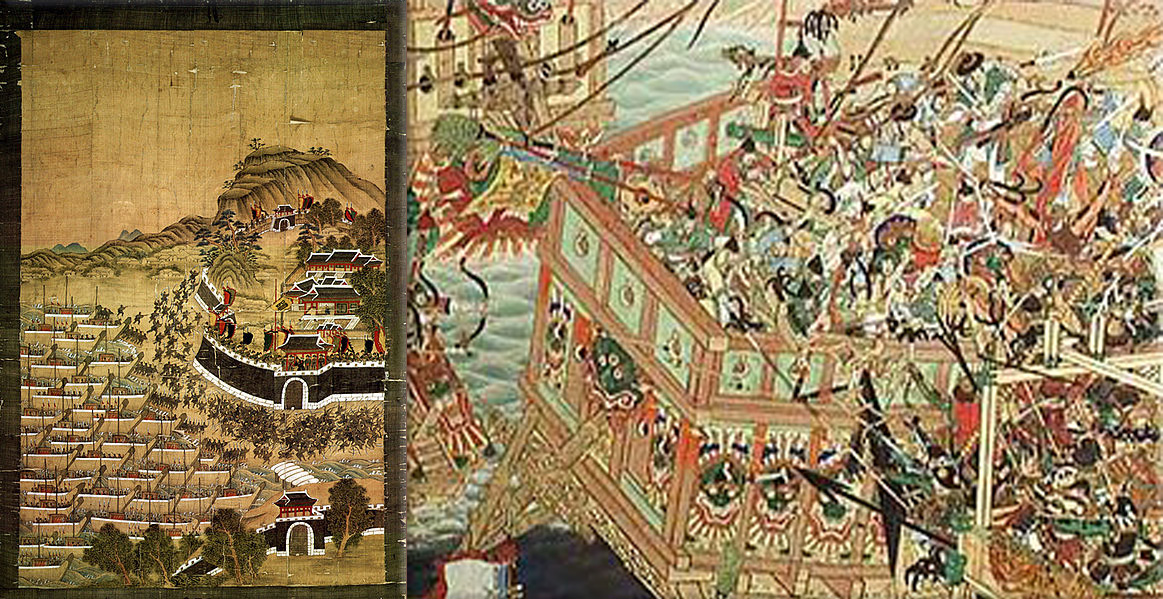
Seven Years' War (Japanese invasions of Korea (1592–1598):
1598 - Battle of Noryang Point; The final battle of the Seven Year War is fought between the China and the Korean Allied Forces and Japanese navies, resulting in a decisive Allied Forces victory.
Wikipedia Painting: Seven Years' War (Japanese invasions of Korea (1592–1598): The Japanese landing on Busan; Battle of Noryang (Part of a Naval Battle Scroll from the Imjin War).
December 16th, 1653

English Civil War:
1653 - English Interregnum: The Protectorate; Oliver Cromwell becomes Lord Protector of the Commonwealth of England, Scotland and Ireland.
Wikipedia Painting: English Civil War (1642–1651) was a series of armed conflicts and political machinations between Parliamentarians (Roundheads) and Royalists (Cavaliers);
John Milton publishes Areopagitica;
Battle of Naseby, victory of the Parliamentarian New Model Army;
Battle of Marston Moor, 1644;
"Cromwell at Dunbar", by Andrew Carrick Gow; Oliver Cromwell; King Charles I, painted by Van Dyck;
"And when did you last see your father?" by William Frederick Yeames.
December 16th, 1689
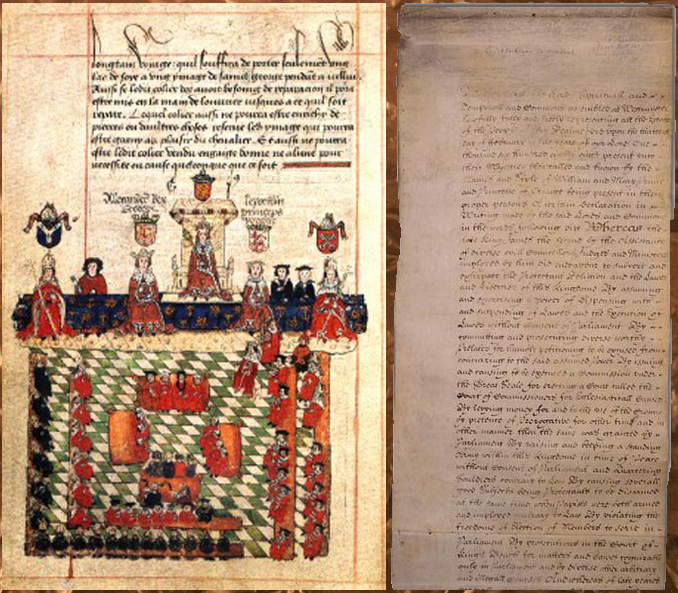
Convention Parliament: The Declaration of Right is embodied in the Bill of Rights 1689.
Wikipedia Image: Bill of Rights 1689 (It was a restatement in statutory form of the Declaration of Right presented by the Convention Parliament to William and Mary in March 1689, inviting them to become joint sovereigns of England.)
December 16th, 1761
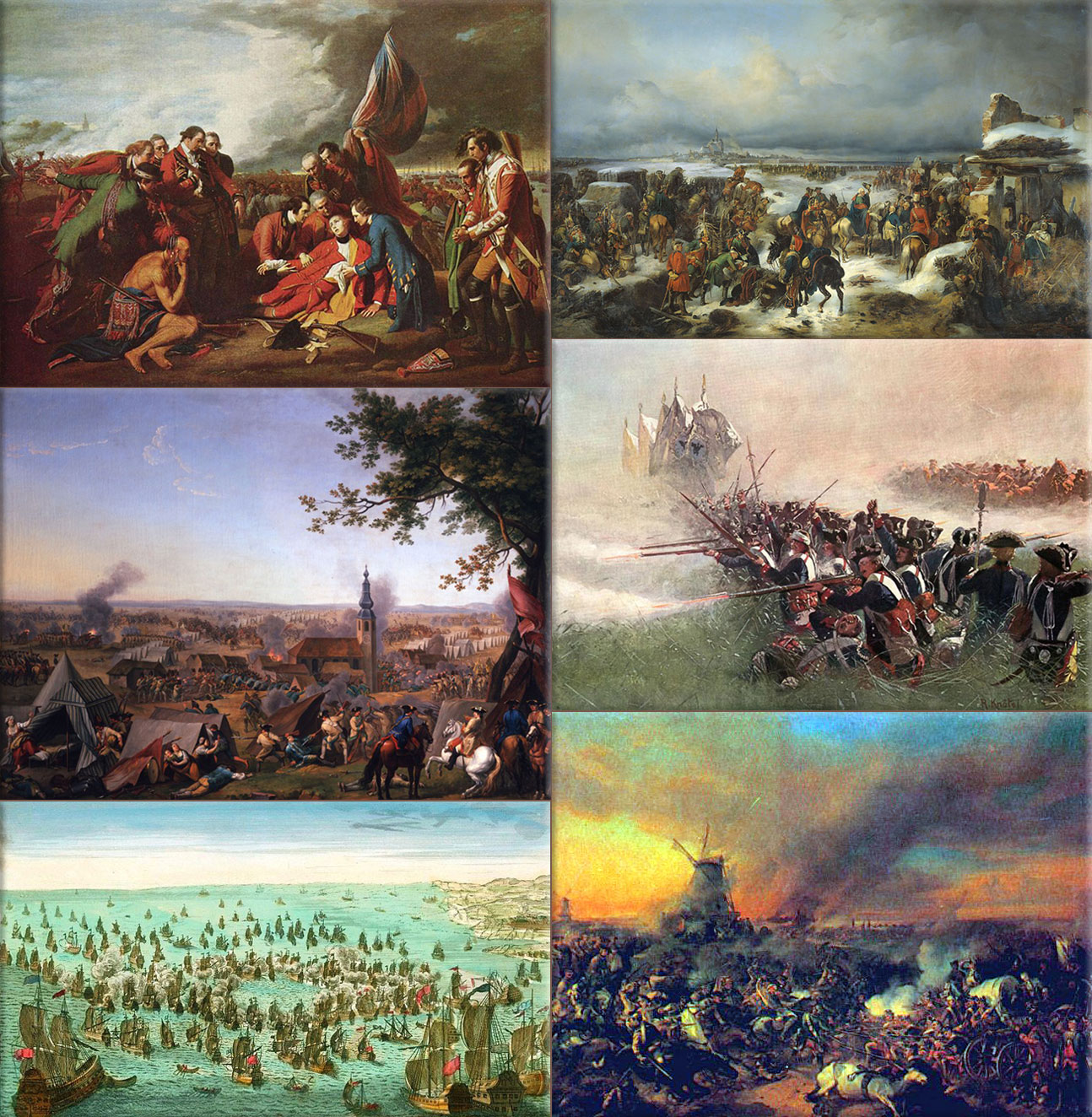
Seven Years' War:
1761 - Siege of Kolberg (Seven Years' War); After a four-month siege, the RussiansPyotr Rumyantsev take the Prussian fortress of Kołobrzeg.
Wikipedia Painting: The Death of General Wolfe (1771) by Benjamin West, depicting the Battle of the Plains of Abraham; Battle of Hochkirch; Battle of Minorca of May 20, 1756, shortly after the French landing on Minorca; Siege of Kolberg (1761); Leibgarde battalion at Kolin, 1757; Battle of Zorndorf in August 1758 where Russian and Prussian armies suffered heavy casualties and both claimed a victory.
December 16th, 1773
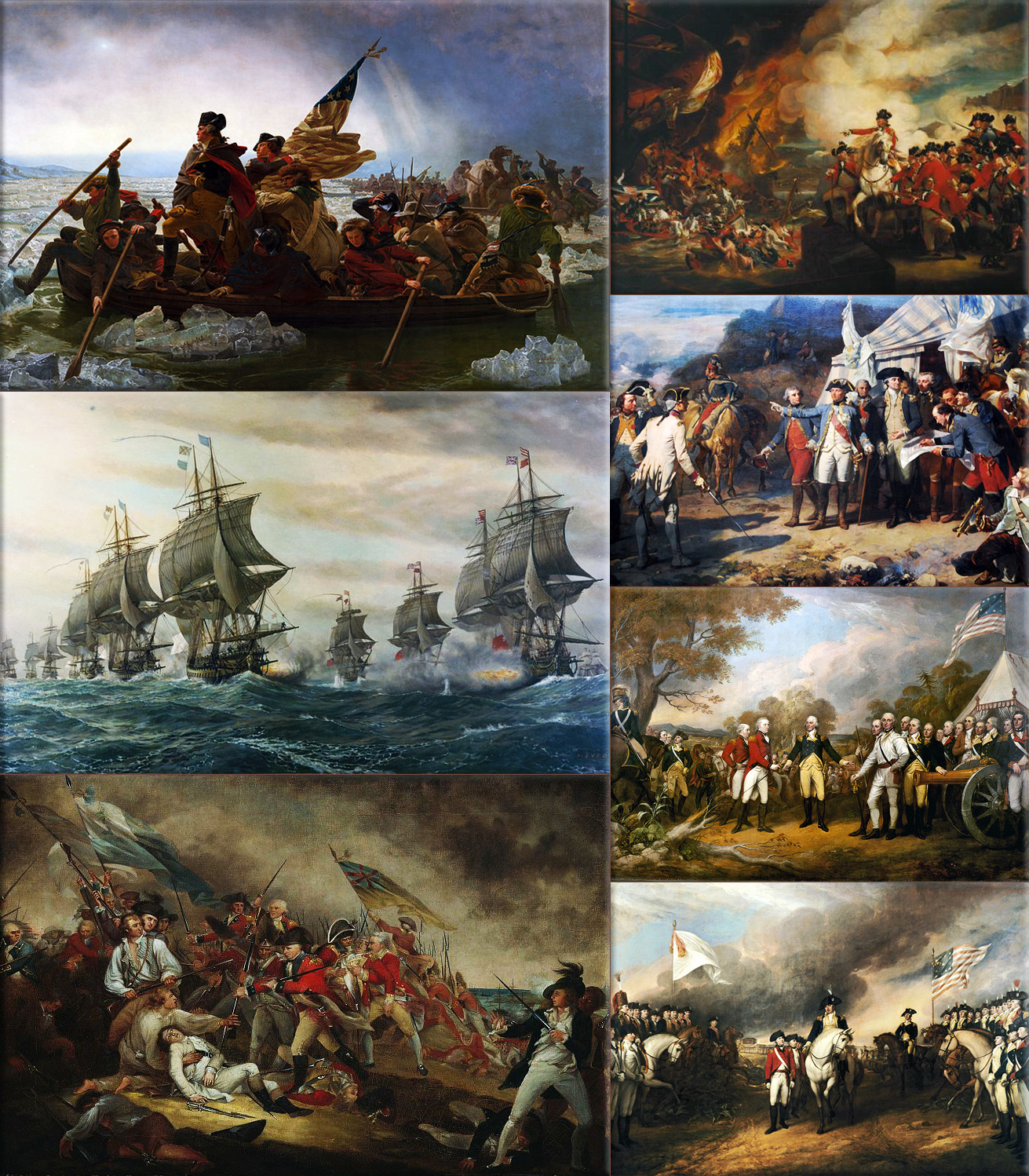
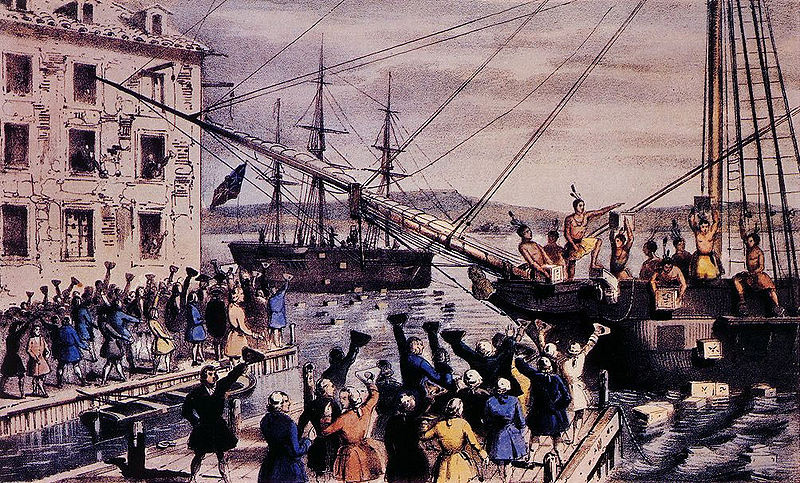
American Revolutionary War:
1773 - Boston Tea Party; Members of the Sons of Liberty disguised as Mohawks dump crates of tea into Boston harbor as a protest against the Tea Act.
Wikipedia Paintings: Washington Crossing the Delaware, by Emanuel Leutz; Battle of the Chesapeake, French (left) and British (right) lines; Battle of Bunker Hill, The Death of General Warren at the Battle of Bunker Hill by John Trumbull; The Defeat of the Floating Batteries at Gibraltar, September 13, 1782, by John Singleton Copley; Washington and the Comte de Rochambeau at Yorktown, 1781; "The surrender at Saratoga" shows General Daniel Morgan in front of a French de Vallière 4-pounder; Surrender of Cornwallis at Yorktown by (John Trumbull, 1797).
Boston Tea Party; iconic 1846 lithograph by Nathaniel Currier was entitled "The Destruction of Tea at Boston Harbor"; the phrase "Boston Tea Party" had not yet become standard. Contrary to Currier's depiction, few of the men dumping the tea were actually disguised as Indians.
December 16th, 1838
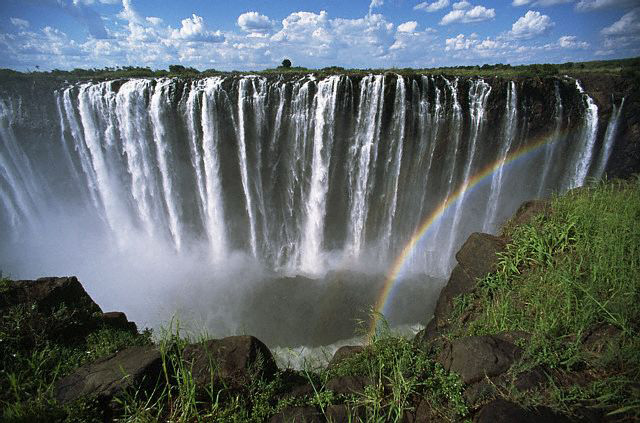

Anglo-Zulu War:
1838 - Battle of Blood River: Voortrekkers led by Andries Pretorius and Sarel Cilliers defeat Zulu impis, led by Dambuza (Nzobo) and Ndlela kaSompisi in what is today KwaZulu-Natal, South Africa.
Wikipedia Photo: Zambia Victoria Falls, Zimbabwe;
A n'anga (or faith healer) of the majority (70%) Shona people, holding a kudu horn trumpet; Matabele and Zulu warriors, traditions continue to this day in ceremonies for special events.
December 16th, 1850
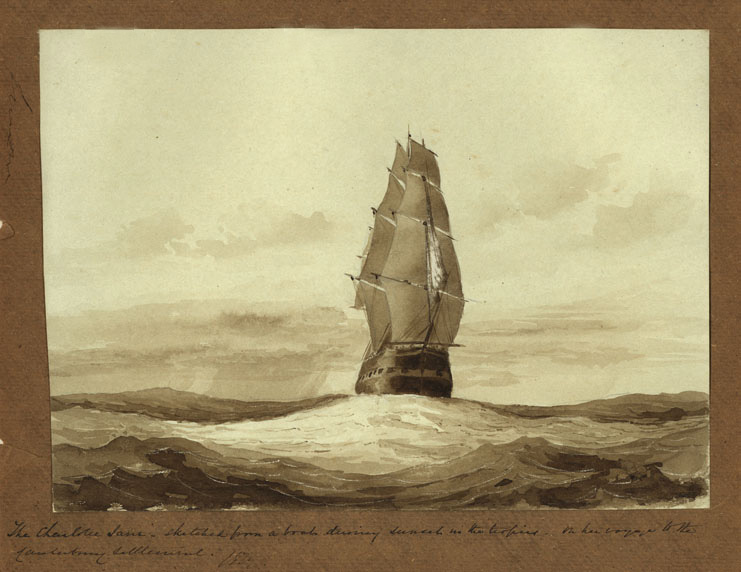
The ships Charlotte Jane and Randolph bring the first of the Canterbury Pilgrims to Lyttelton, New Zealand.
Wikipedia Image: The Charlotte Jane, credit Canterbury Museum, Christchurch, New Zealand.
December 16th, 1863
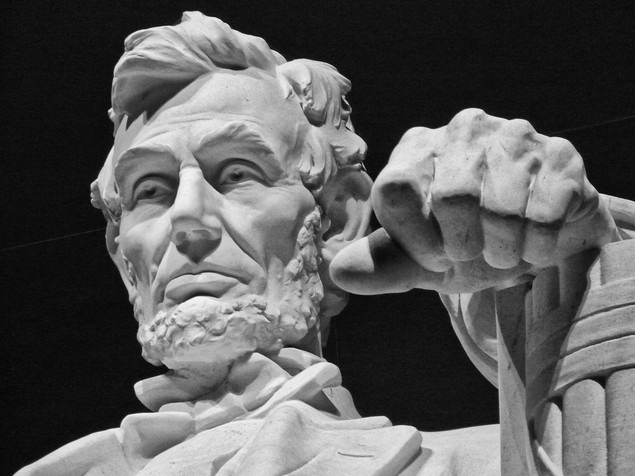
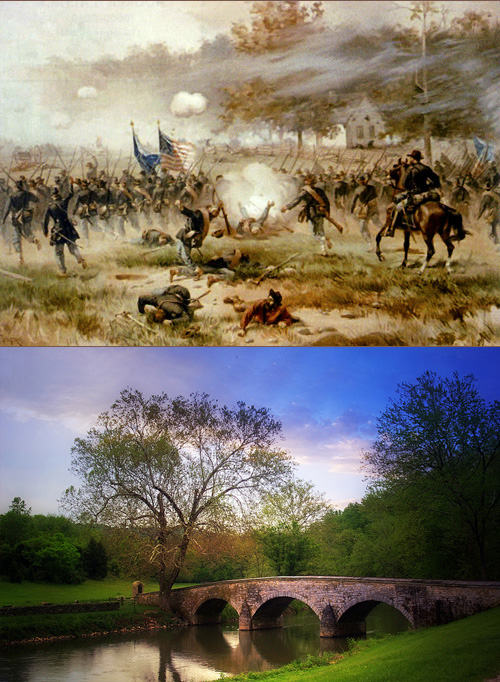
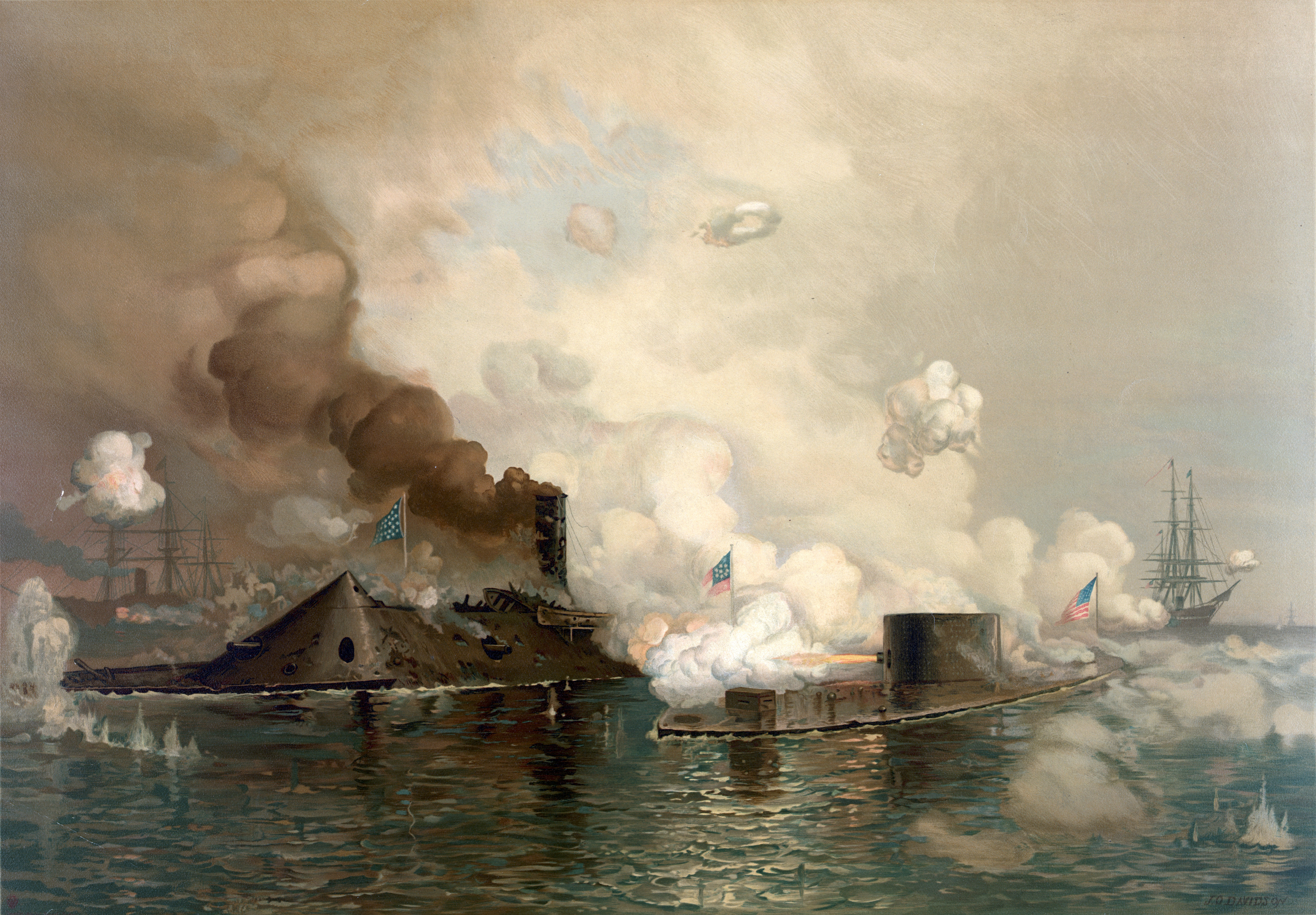
American Civil War:
1863 - Joseph E. Johnston replaces Braxton Bragg as commander of the Confederate Army of Tennessee.
1864 - Battle of Nashville; Union forces under Major General George H. Thomas defeat the Confederate Army of Tennessee under Lieutenant General John B. Hood.
Wikipedia Image: ● Lincoln Memorial; an American national monument built to honor the 16th President of the United States, Abraham Lincoln - located on the National Mall in Washington, D.C. across from the Washington Monument.
● The northern army led by George McClellan and the southern army led by Robert E. Lee met at Antietam Creek, Maryland in September, 1862. It was a bloody battle where 13,000 Confederates and 12,000 Union troops died in just one day. McClellan had hesitated to attack before the battle thus letting the southern troops regroup. Also, he had saved reserves and refused to use them at the end of the battle thinking that Lee was holding reserves for a counterattack, even though those reserves didn't exist. The Union victory stopped Lee's northward advance and was a turning point in the war.
● Battle of Antietam / Stone Bridge at Antietam Battlefield - Sharpsburg, Maryland
● First Battle Between Ironclads: CSS Virginia/Merrimac (left) vs. USS Monitor, in 1862 at the Battle of Hampton Roads.
● Although photography was still in its infancy, war correspondents produced thousands of images, bringing the harsh realities of the frontlines to those on the home front in a new and visceral way. The Atlantic.
December 16th, 1914

World War I:
1914 - German battleships under Franz von Hipper bombard the English ports of Hartlepool and Scarborough.
1918 - Vincas Mickevičius-Kapsukas declares the formation of the Lithuanian Soviet Socialist Republic.
Wikipedia Photo: Trenches on the Western Front; a British Mark IV Tank crossing a trench; Royal Navy battleship HMS Irresistible sinking after striking a mine at the Battle of the Dardanelles; a Vickers machine gun crew with gas masks, and German Albatros D.III biplanes. National Archives and Records Administration.
December 16th, 1937
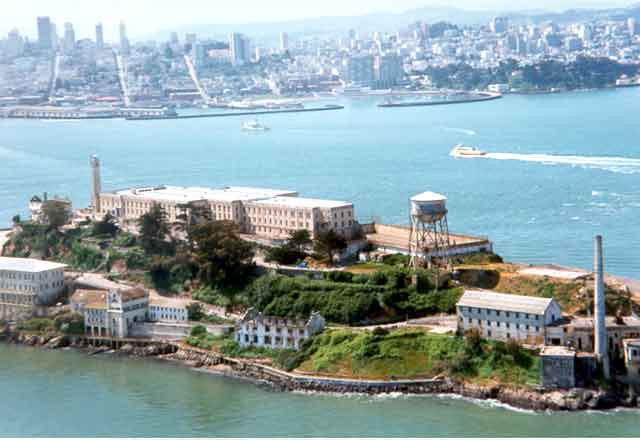
Theodore Cole and Ralph Roe attempt to escape from the American federal prison on Alcatraz Island in San Francisco Bay; neither is ever seen again.
Wikipedia Photo: Alcatraz Island: in San Francisco Bay.
December 16th, 1938
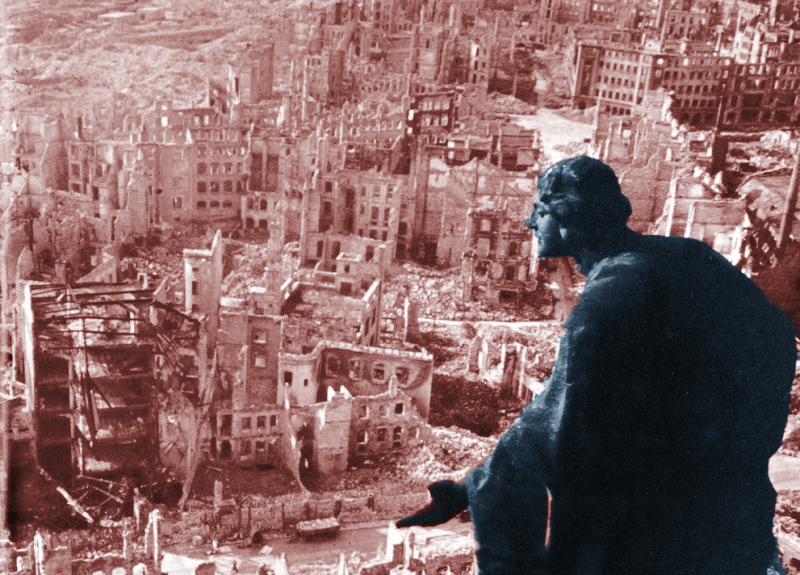

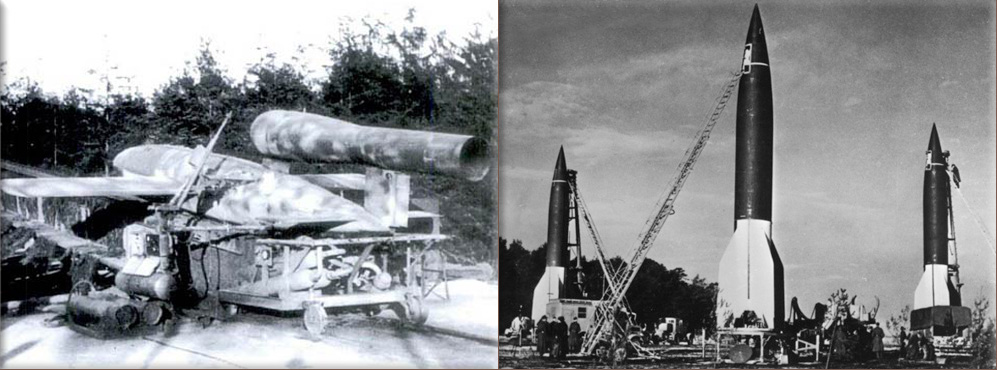
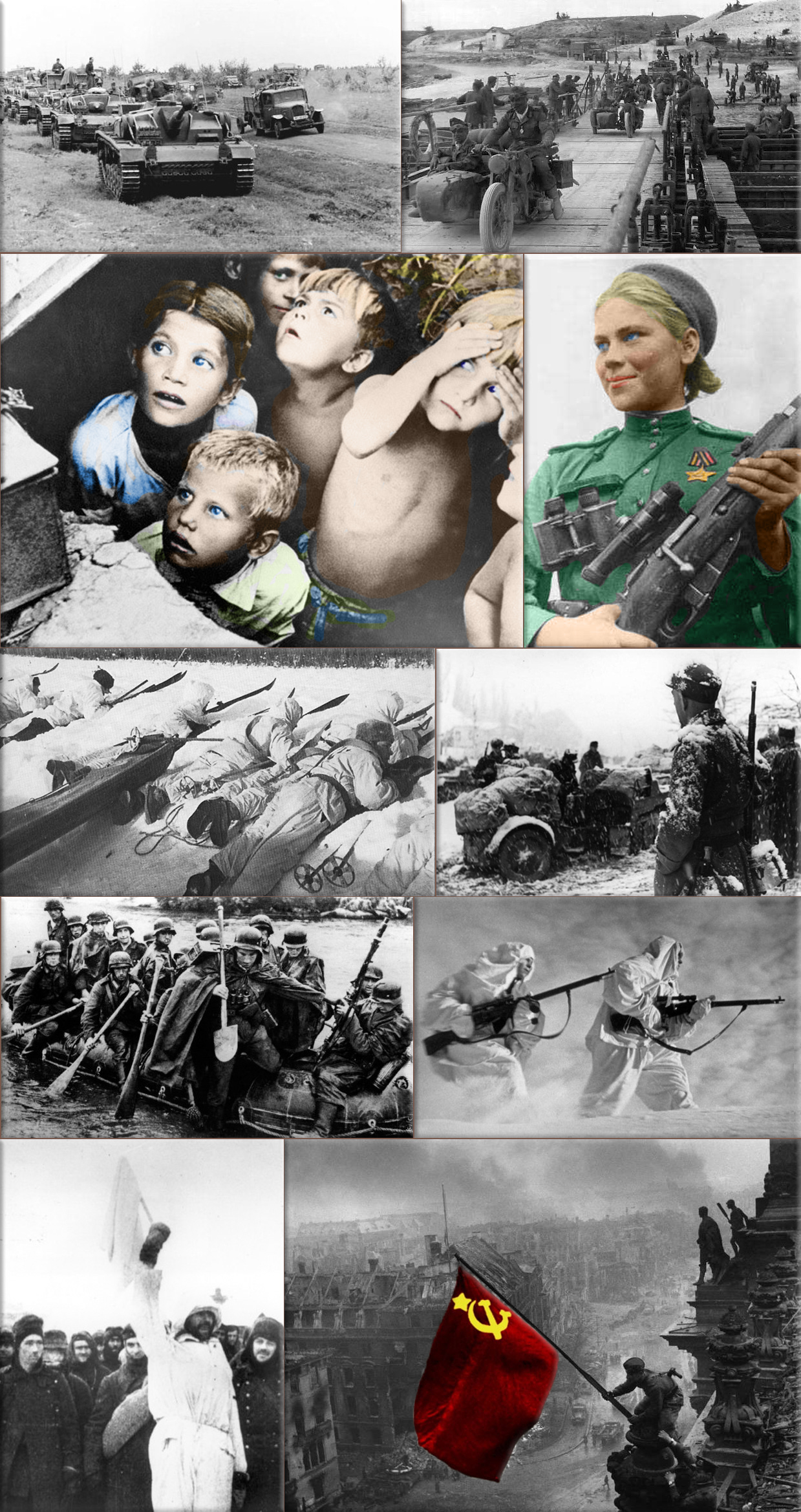
World War II:
1938 - Adolf Hitler institutes the Cross of Honor of the German Mother.
1941 - Japanese forces occupy Miri, Sarawak.
1944 - Battle of the Bulge; begins with the surprise offensive of three German armies through the Ardennes forest.
Wikipedia Photo: Bombing of Dresden in World War II; August Schreitmüller's sculpture 'Goodness' surveys Dresden after a firestorm started by Allied bombers in 1945.
USS Bunker Hill was hit by kamikazes piloted by Ensign Kiyoshi Ogawa and another airman on 11 May 1945. 389 personnel were killed or missing from a crew of 2,600; Ensign Kiyoshi Ogawa, who flew his aircraft into the USS Bunker Hill during a Kamikaze mission on 11 May 1945; Kamikaze Missions - Lt Yoshinori Yamaguchi's Yokosuka D4Y3 (Type 33 Suisei) "Judy" in a suicide dive against USS Essex. The dive brakes are extended and the non-self-sealing port wing tank is trailing fuel vapor and/or smoke 25 November 1944.
German V1 flying-bomb and V2 Rockets - Preparations for a Salvo Launch of V-2 Rockets in the Heidelager near Blizna (Poland) (1944), credit German History in Documents and Images GHDI.
Eastern Front (World War II); Germans race towards Stalingrad. August 1942; Soviet children during a German air raid in the first days of the war, June 1941, by RIA Novosti archive; Soviet sniper Roza Shanina in 1944. About 400,000 Soviet women served in front-line duty units Caucasus Mountains, winter 1942/43; Finnish ski patrol: the invisible enemy of the Soviet Army with an unlimited supply of skis; Men of the German Engineers Corps cross a river which is swollen after the first autumn rains, to strengthen bridges linking the German positions on the central front in Russia. by Keystone / Getty Images. October 1942; Russian snipers fighting on the Leningrad front during a blizzard. Photo by Hulton Archive / Getty Images, 1943; German soldiers surrendering to the Russians in Stalingrad, the soldier holding the white flag of surrender is dressed in white so that there could be no doubt of his intentions, a Russian soldier is on the right of the photograph. by Keystone / Getty Images, January 1943.
December 16th, 1942
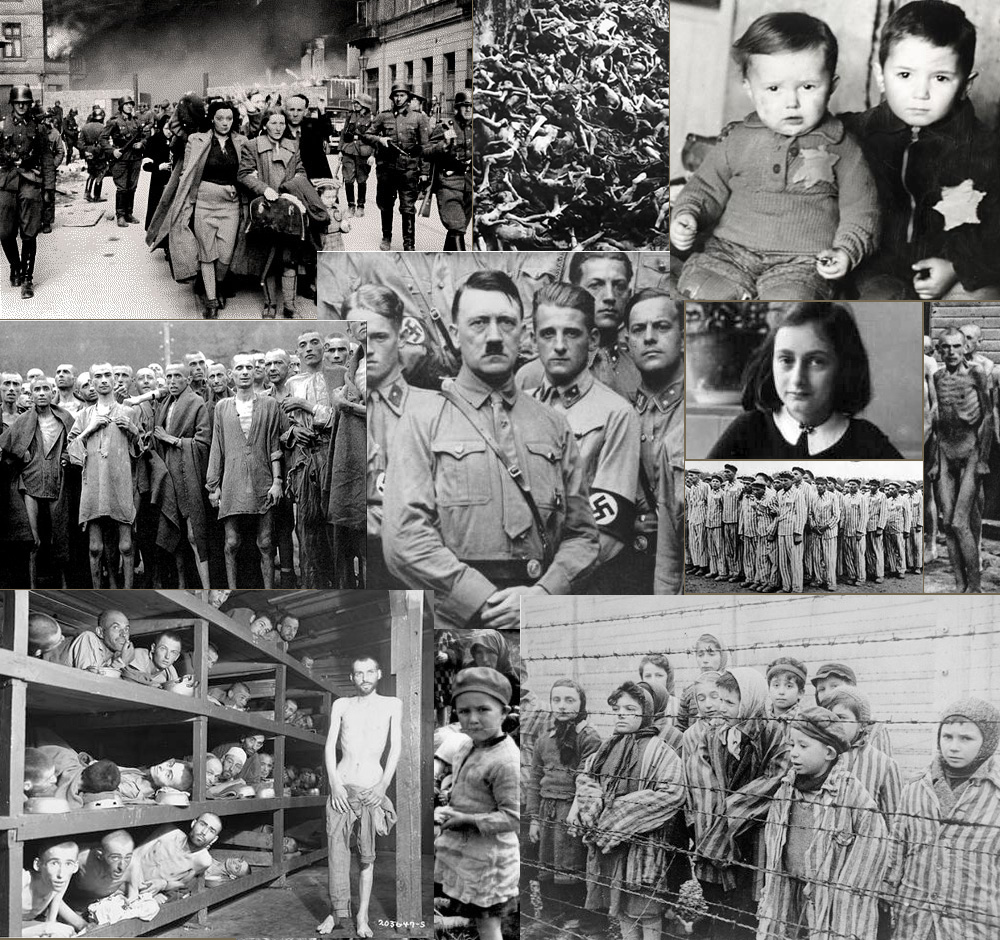
World War II: Holocaust;
1942 - The Porajmos; Heinrich Himmler orders that Roma (ethnic group known as Gypsies) candidates for extermination be deported to Auschwitz concentration camp.
Wikipedia Photo: World War II, The Holocaust. Sources: United States Holocaust Memorial Museum USHMM, History 1900s, Internet Masters of Education Technology IMET, Techno Friends, Veterans Today, Concern.
December 16th, 1947

William Shockley, John Bardeen and Walter Brattain build the first practical point-contact transistor.
Wikipedia Photo: The Wall Street Journal William Shockley in his lab in Mountain View, Calif., in 1956, the year he won the Nobel Prize in physics for helping to invent the transistor.
December 16th, 1950
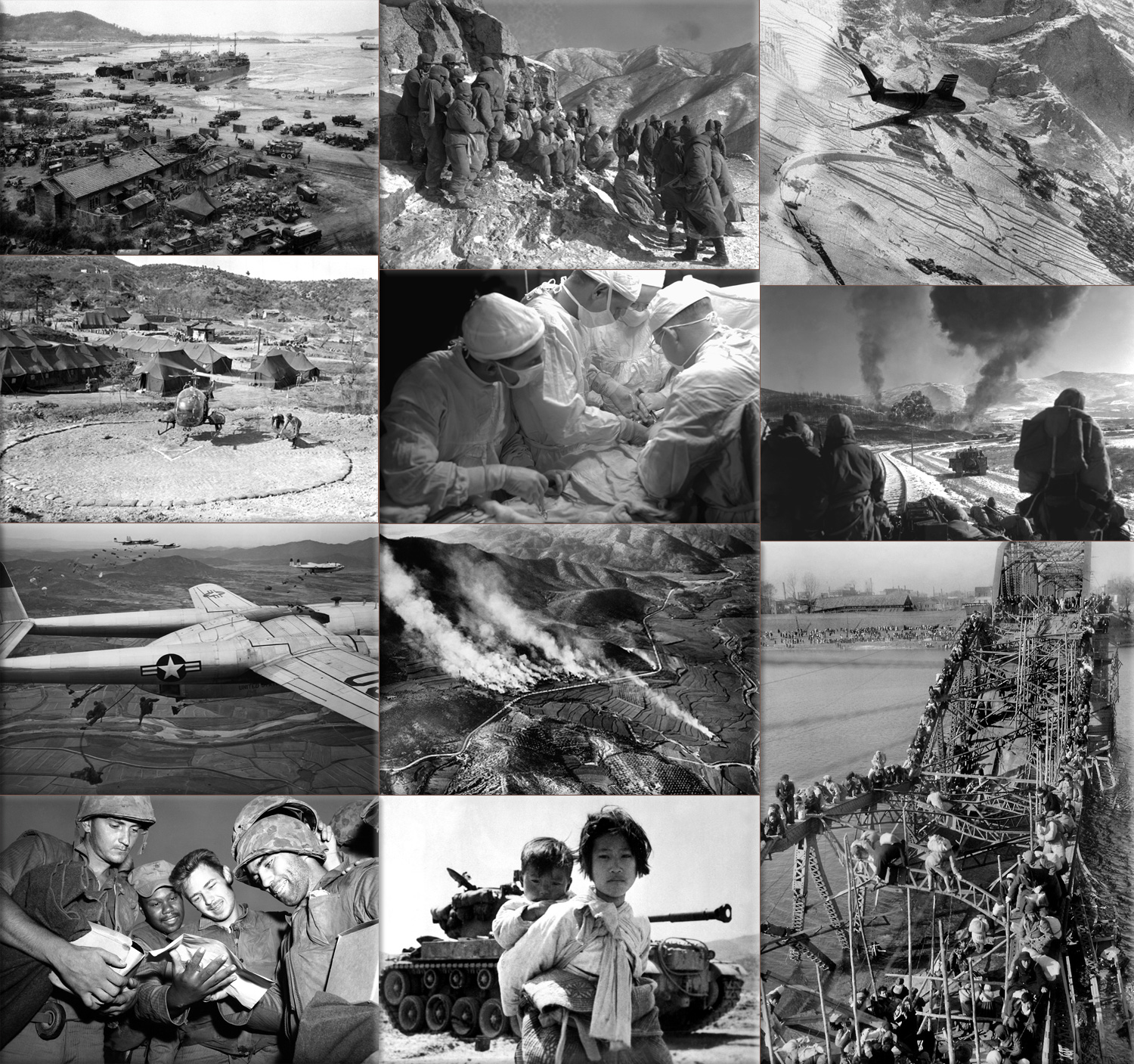
Korean War:
1950 - United States President Harry S. Truman declares a state of emergency, after Chinese troops enter the fight with Communist North Korea.
Wikipedia Photo: Korean War Collage credit, The Big Picture, Boston Globe - (Associated Press; U.S. Department of Defense / SGT. F.C. Kerr; AP Photo; U.S. Department of Defense / TSGT. Charles B. Tyler; U.S. Department of Defense / TSGT. Charles B. Tyler; U.S. Department of Defense / TSGT. Robert H. Mosier; AP Photo / Max Desfor; U.S. Department of Defense / CPL. P. McDonald; AP Photo / Max Desfor; AP Photo/George Sweers; U.S. Navy / Maj. R.V. Spencer, UAF; AP Photo / Max Desfor).
December 16th, 1965
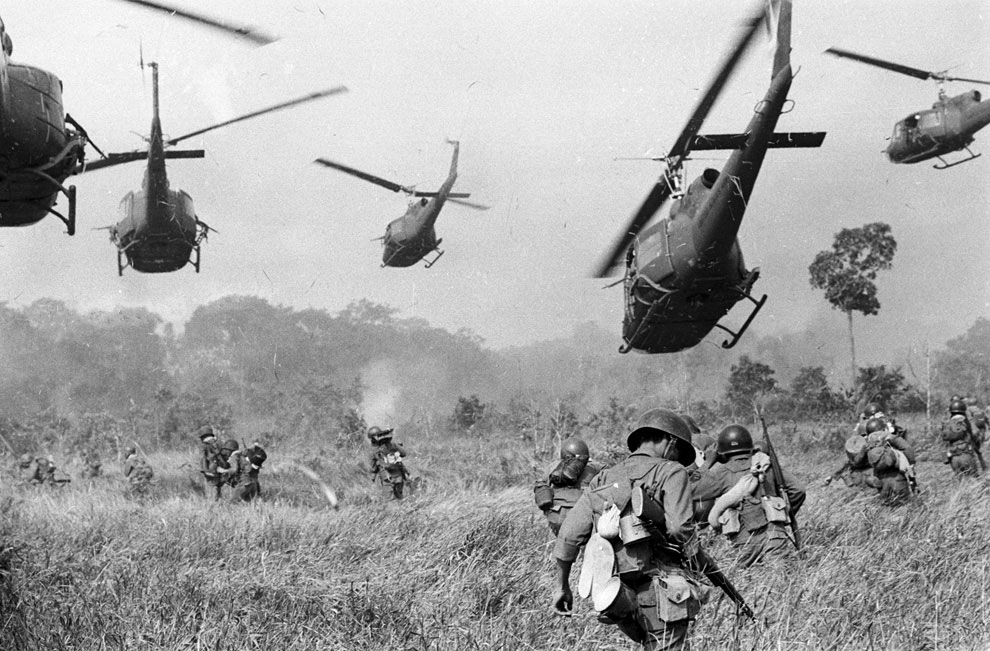
Vietnam War:
1965 - General William Westmoreland sends U.S. Secretary of Defense Robert McNamara a request for 243,000 more men by the end of 1966.
1972 - Henry Kissinger announces that North Vietnam has left private peace negotiations, in Paris.
Wikipedia Photo: Vietnam War: Hovering U.S. Army helicopters pour machine gun fire into a tree line to cover the advance of South Vietnamese ground troops in an attack on a Viet Cong camp 18 miles north of Tay Ninh, northwest of Saigon near the Cambodian border, in Vietnam on March 1965. (AP Photo / Horst Faas) / Boston Globe
December 16th, 1971
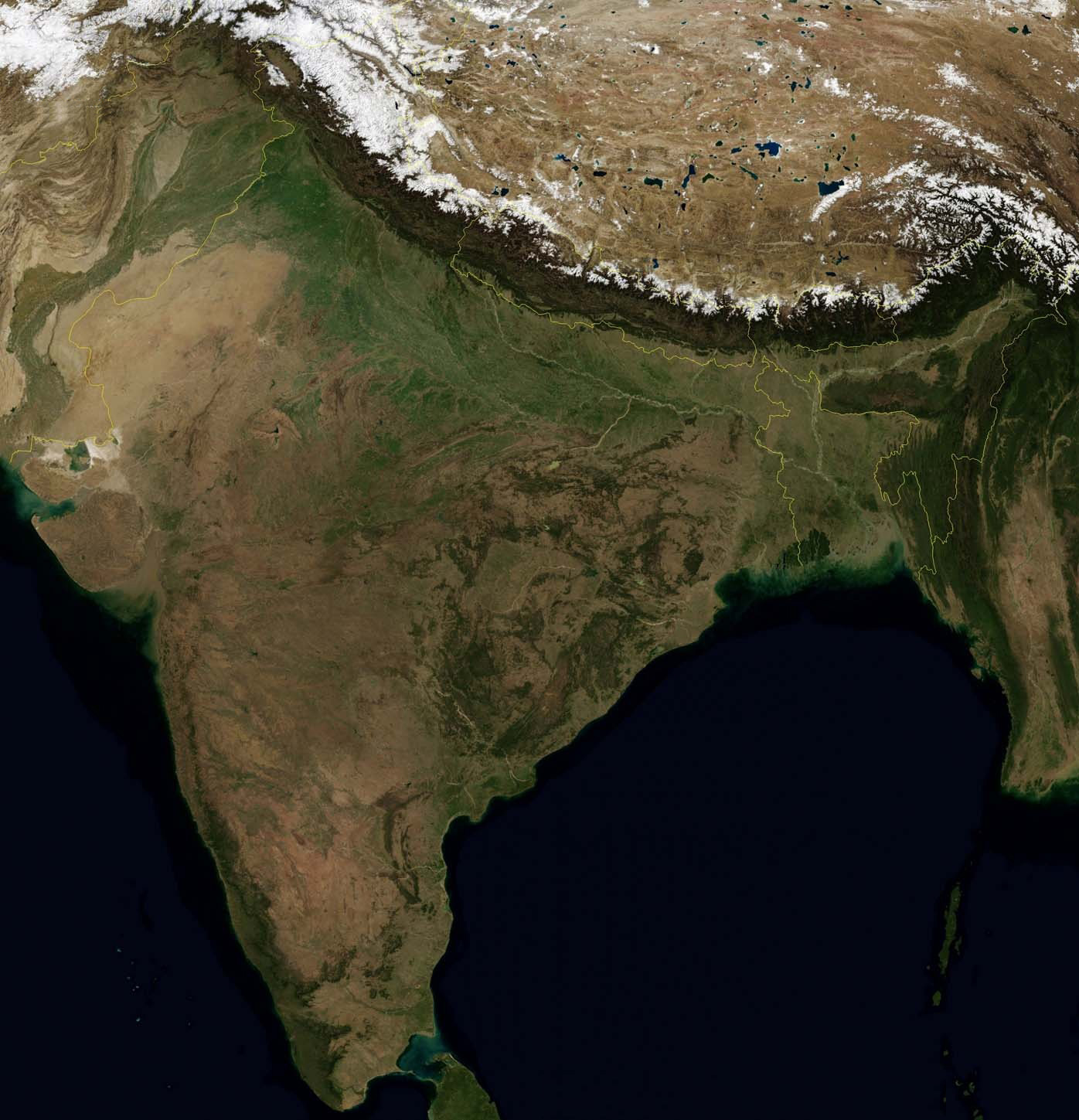
Bangladesh Liberation War and Indo-Pakistani War of 1971:
1971 - The surrender of the Pakistan army brings an end to both conflicts.
Wikipedia Image: Map Satellite India, Pakistan, Nepal, Bhutan, Tibet AR, Bangladesh.
December 16th, 1998
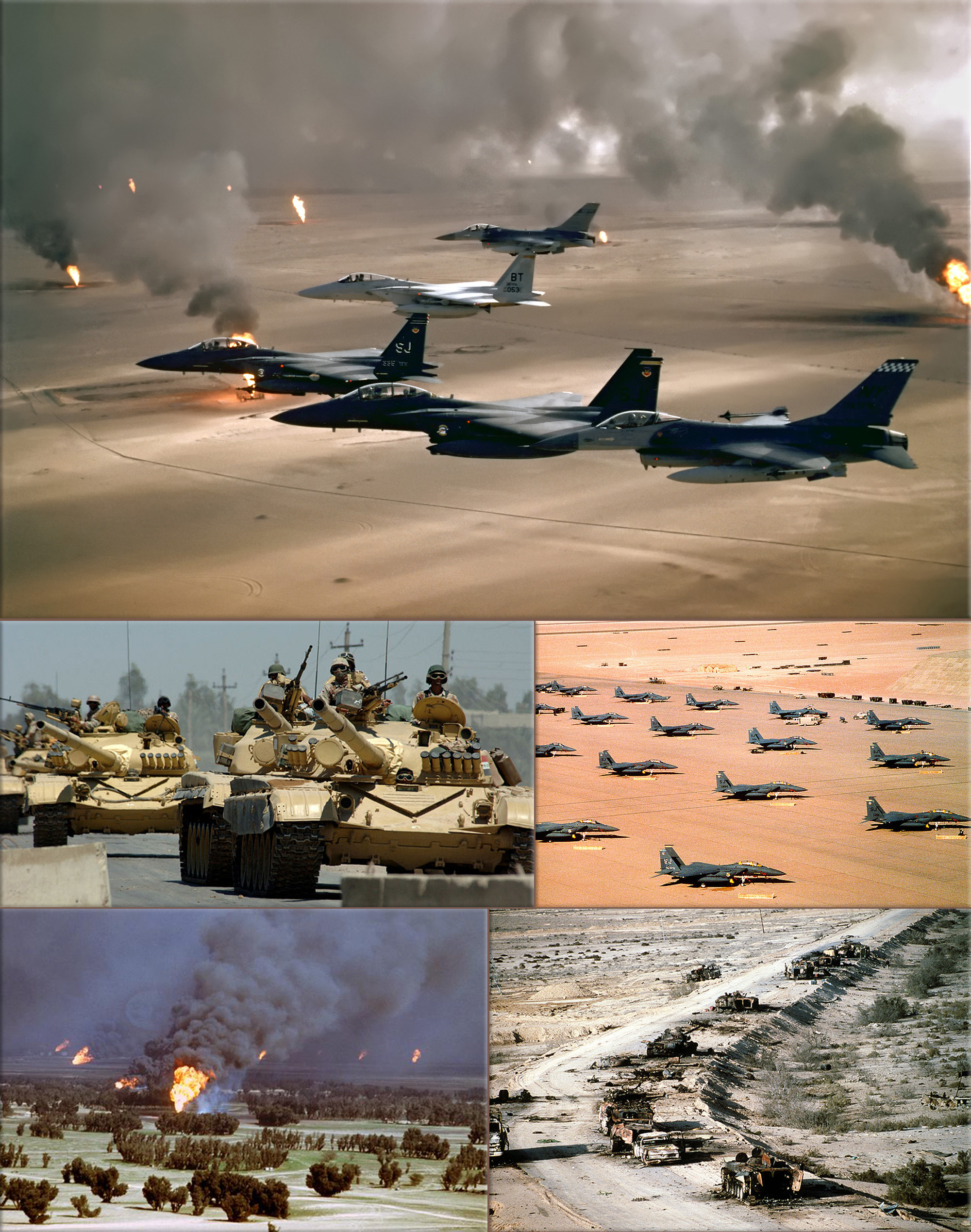
Gulf War - Iraq War:
1998 - Iraq disarmament crisis; Operation Desert Fox - The United States and United Kingdom bomb targets in Iraq.
Wikipedia Photo: USAF F-15Es, F-16s, and a USAF F-15 flying over burning Kuwaiti oil wells; Iraqi Army T-72 main battle tanks. The T-72 tank was a common Iraqi battle tank used in the Gulf War; F-15Es parked during Operation Desert Shield; The oil fires caused were a result of the scorched earth policy of Iraqi military forces retreating from Kuwait; Aerial view of destroyed Iraqi T-72 tank, BMP-1 and Type 63 armored personnel carriers and trucks on Highway 8 in March 1991.
December 16th, 2003

United States President George W. Bush signs the CAN-SPAM Act of 2003 into law. The law establishes the United States' first national standards for the sending of commercial e-mail and requires the Federal Trade Commission to enforce its provisions.
Wikipedia Image: Electronic mail service
December 16th, 2012

Delhi gang rape case (2012): A gang rape in Delhi sparks widespread demonstrations across India.
Wikipedia Photo: Delhi gang rape case (2012); Policewomen remove a protester during a demonstration against the Delhi gang-rape, in New Delhi. AP
